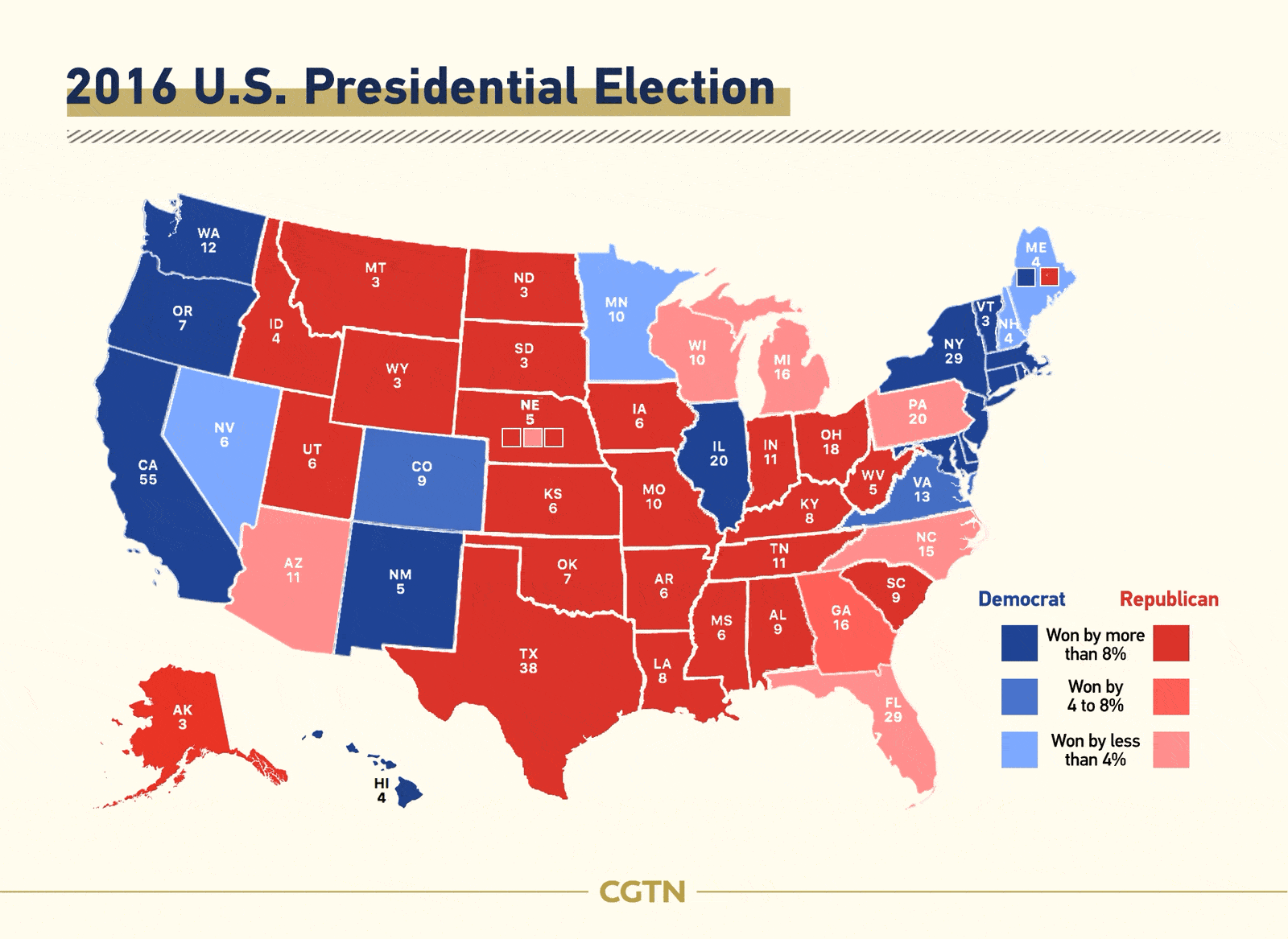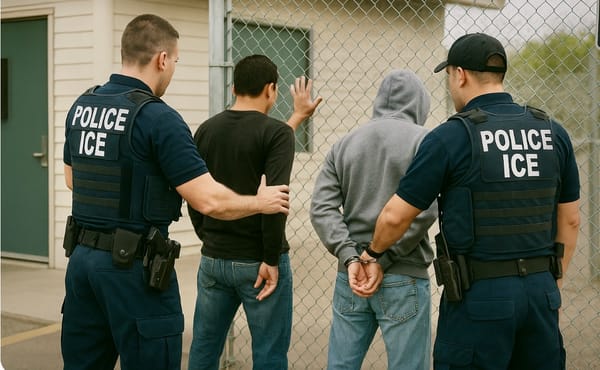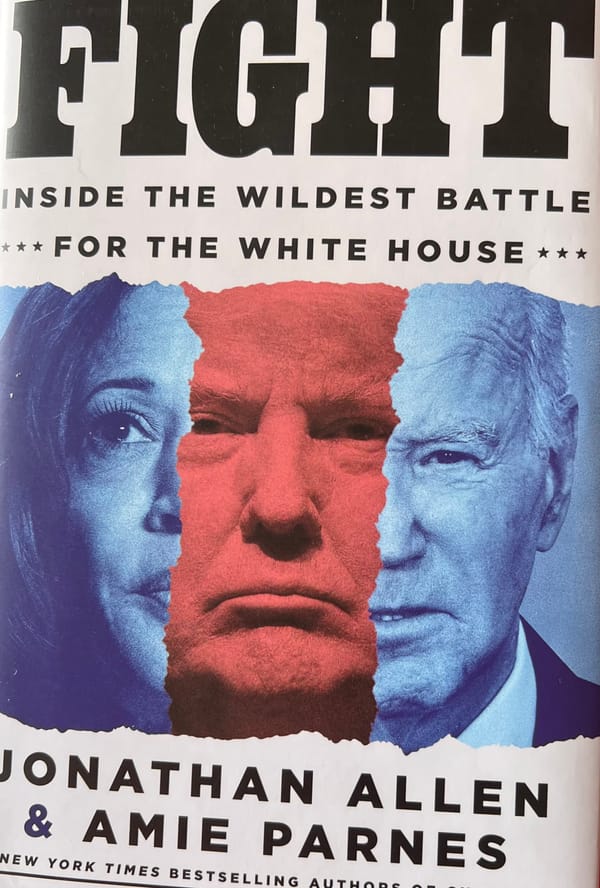When the blue states quit the union
In a mind-numbing 19 pages in the New Republic, author Kevin Baker lays out a case for a Bluexit, a departure from the union by the blue states, those under the Democrat's sway.

There is a much shorter version on the internet (which someone will find and send after reading this) but I will plough through Baker’s masterpiece, written with the snotty, self-adoration of a coastal elite.
He makes a number of economic assertions that I will accept as truth, although his online piece lacks the links serious readers have come to expect. I wonder why he short-sheeted us.
He starts out by saying blue states pay more in federal taxes than they take in, and there’s little doubt about that — California’s agriculture, tech and entertainment industries provide amazing wealth, and New York City, as the nation’s financial, fashion and communications hub, is filthy rich. And I do mean filthy.
“We have funded massive infrastructure projects in your rural communities, subsidized your schools… and simultaneously absorbed the most destitute, unskilled, and oppressed portions of your populations, white and Black alike,” writes Baker, just reeking of noblesse oblige. He says Hillary carried just 487 counties in 2016, but those 487 counties, he says, generate almost two-thirds of the nation’s economic activity.
That’s why he wants out — maybe not physical separation, but economic apartheid. “We’ll turn our back on the federal government in every way we can, just like you’ve been urging everyone to do for years, and devote our hard-earned resources to building up our own cities and states. We’ll turn Blue America into a world-class incubator for progressive programs and policies, a laboratory for a guaranteed income and a high-speed rail system and free public universities.”
First, I’d like to have what he is smoking, but, seriously, why don’t the blue states do that now?
Maybe because of federal income tax, which Democrats love, but that he would abolish. “We will raise our state and local taxes accordingly to pay for anything we might need or want.”
He’s talking about bluexiting with the Left Coast — California, Oregon and the State Formerly Named After a Slaveholder, to be renamed after Karl Marx, plus New Mexico, Hawaii, Colorado, Minnesota, Illinois, plus much of the Northeast, absent New Hampshire, Maine and Pennsylvania.
Baker brags blue states have the “best” universities and hospitals, so they will be smarter and healthier.
To the red states, he says, “Don’t worry: You’ll still dominate college football.”
Ha, ha.
The divorce will allow blue states to demonstrate how much better they are, in every way.
I am thinking we could give it a try.
Where would I want to live — blue or red? I am in a red state made purple primarily by the navy blue city in which I live, and as the local Democratic Party shifts farther Left, and Philly remains the poorest large city in America, I think, is this the best we can do?
Too bad for Baker, the Philly area has great universities and hospitals, yet we are not smart and not healthy.
Why is that?
A question for another day.
Let’s take a look at some of the blue states Baker thinks so highly of.
Here’s something New York (the nation’s most populous city), has in common with Los Angeles (the second most populous): You can’t find a U-Haul to rent because of the flood of people fleeing the city. San Francisco, too. No. 3 in population, Chicago, is the shooting capital of the country. That’s right — not those dummies in Topeka.
Take NYC, LA & SF together and you have the largest collection of homeless this side of Calcutta, with sidewalks filled with feces and syringes, all under the loving eyes of Democratic mayors.
These are the incubators touted by Baker?
Tell you this: If the blue states leave, the red states won’t shed a tear.



